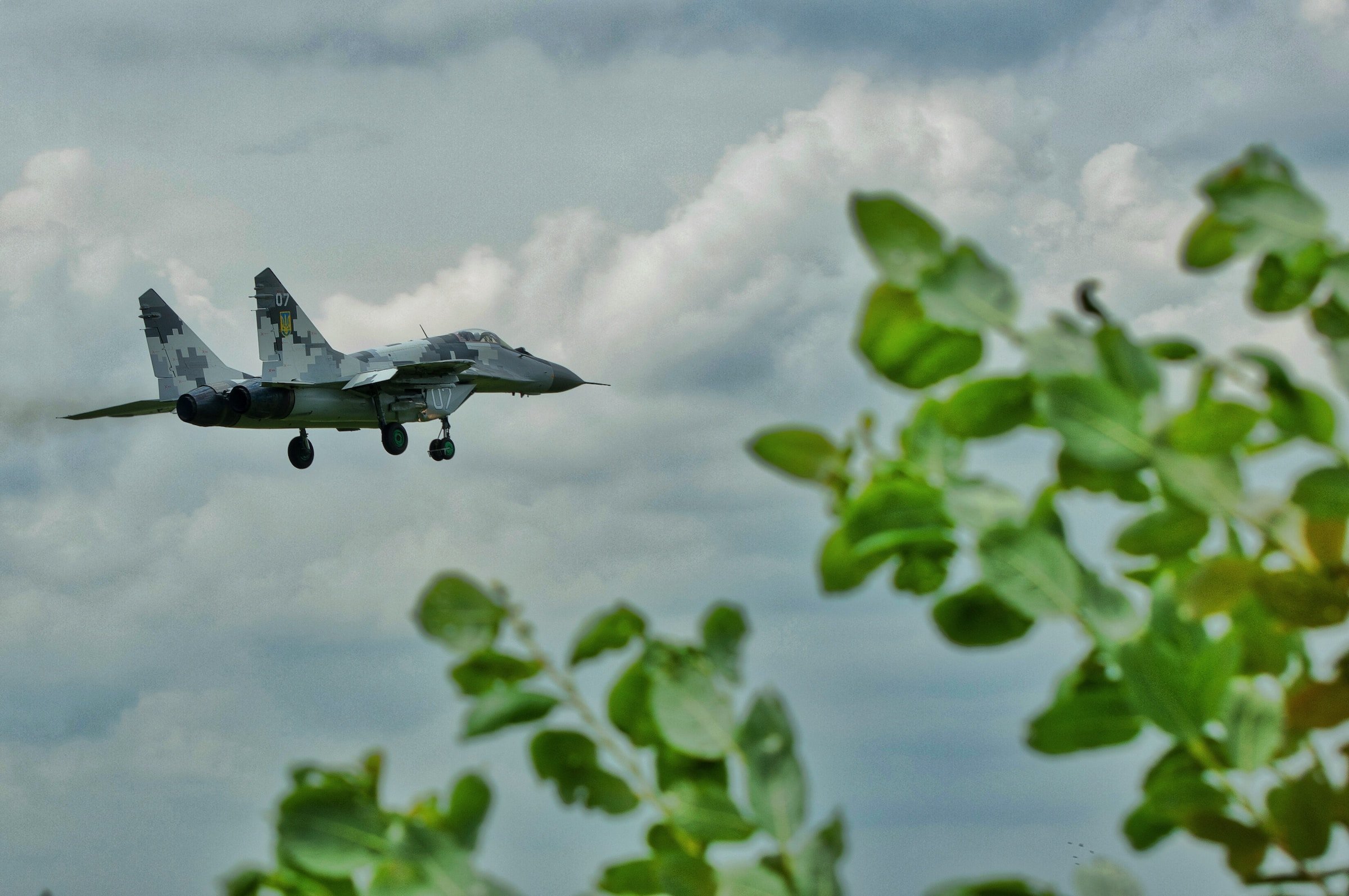South American ETFs!
Chile
EuroAmerica lists small cap ETF
South America has the second smallest ETF market, ahead of only Africa. But the market is about to get one larger thanks to the Chilean issuer EuroAmerica listings the EuroAmerica MSCI Chile Small Cap ETF (EASCCHI).
EASCCHI will track the MSCI Chilean Small Cap Index, which is made up of small caps that are listed in Santiago. (More information about the fund is available in Spanish (click here).
Analysis
The Chilean stock market has grown nearly 40% this year. Its staggering bull run rocket-fueled by hopes that its Harvard-educated billionaire ex-president Sebastián Piñera can win the election. It's possibly for this reason that the US-listed iShares MSCI Chile Capped ETF, the biggest Chile ETF in the world, has seen its asset boom 50% in recent months.
Investors planning on using ETFs to bet on politics should be careful. Piñera was initially predicted to cruise to victory but has been forced into a second round runoff against a socialist candidate. The Chilean stock market dropped 6% as first round election results came in, showing both how volatile the Chilean stock market can be and how influenced it is by politics.
USA
ARK lists Israeli tech ETF
Israeli tech companies are renowned for their inventiveness. But they’ve always been a bit trickier for ETFs. Israel doesn’t have ETFs – it has index linked certificates, which are similar but different – and a lot of the material on the Israeli stock market is only available in Hebrew.
But buying into disruptive Israeli tech is about to get easier thanks to a new US listing, the ARK Israel Innovative Technology ETF (IZRL). ARK is the US-based investment manager that got the press rolling in 2016 when it listed the 3D printing ETF.
IZRL will invest in Israeli companies “whose main business operations are causing disruptive innovation in the areas of genomics, health care, biotechnology, industrials, manufacturing, the Internet or information technology,” the prospectus says. It will tilt heavily towards IT, which will receive 56% weighting. The index IZRL tracks will be put together by Solactive. It will invest in 46 companies and rebalance quarterly.
Innovator ETF gives up on active management
The $208m Innovator IBD 50 Fund (FFTY) has given up on active management and transformed into a purely passive ETF.
Before 15 November FFTY was something of an unusual hybrid, using both an index and active management within an ETF. FFTY’s active management tended to hug the benchmark index anyway.
Going forward FFTY will be purely passive and track the IBD 50 Index, which tracks US stocks and picks companies based on growth.
FFTY will score companies based on 11 factors, they are: earnings per share; relative price strength; sales margin return on equity; accumulation distribution; industry group relative strength; growth in earnings; annual growth rate; sales growth; acceleration in sales; liquidity; annual return on equity.
It then puts the top 50 scoring companies in the index, weighted in tiers. The top 10 stocks get a 3.5% weighting; the second 10 get 3%; the third 10 get 2%; the forth 10 get 1%; and the last 10 get 0.5%.
Interestingly, the index also has as hedging function that responds to “the overall health of the equities market”. If the market gets too unhealthy, FFTY invests 50% in cash and halves the equity exposure weightings. It will only switch back when the market is healthy again. FFTY’s index is rebalanced weekly and its TER is 0.80%.
Australia
Vanguard Australia lists diversified ETFs
Vanguard Australia is bringing its four Australian Diversified Index Funds into an ETF format. They are:
- Vanguard Conservative Index ETF (VDCO)
- Vanguard Balanced Index ETF (VDBA)
- Vanguard Growth Index ETF (VDGR)
- Vanguard High Growth Index ETF (VDHG)
Each of these ETFs is essentially a portfolio wrapped up in an ETF. Each fund offers exposure to Australian shares, international shares, fixed income, cash, hedged equities – and some others.
Exposure to different asset classes varies between the funds. The most conservative of them (VDCO) gives 90% exposure to income and 10% exposure to equities. VDHG has the ratios the other way around, with 90% equities and 10% income. VDBA and VDGR are somewhere in between.
What’s more interesting about these products is how exposure is structured. Each Diversified Index ETF is a share class of an existing Vanguard Diversified Index Fund, meaning ETF investors can tap into the benefits of an established asset pool, collectively worth more than $7 billion, through Vanguard’s existing range of non-listed multi-asset funds.
Analysis
To this writers’ knowledge, Vanguard has not listed diversified ETFs like this in any other country besides Australia. The listings will come as a challenge to robo-advisors, which offer ETF portfolios that give, in many ways, similar asset class exposures in a similar wrapper and at a similar price.
Issuers in other countries have certainly done similar things. We reported earlier this year that Germany's Commerzbank had listed the Vermögensstrategie-ETF, which offers German investors portfolios as ETFs, by making a big ETF made up of lots of little Commerzbank ETFs.
ETFs have always threatened portfolio builders and asset managers, but this is something new to Australia.
Korea
Samsung lists total return version Kospi 200 ETF
Korean chaebol Samsung is listing a plain vanilla ETF under its Kodex brand, the Samsung Kodex 200 Total Return ETF (278530) tracks the Kospi 200 TR index. Kodex already has a suite of products that track the Kospi 200, including Kodex 200 (069500), perhaps the biggest ETF by assets in Korea with 6.1tr KRW under management (roughly US$5.6bn). What’s new about today’s listing is that it tracks a total return index, a Kospi version of which was not available until December 2016.




